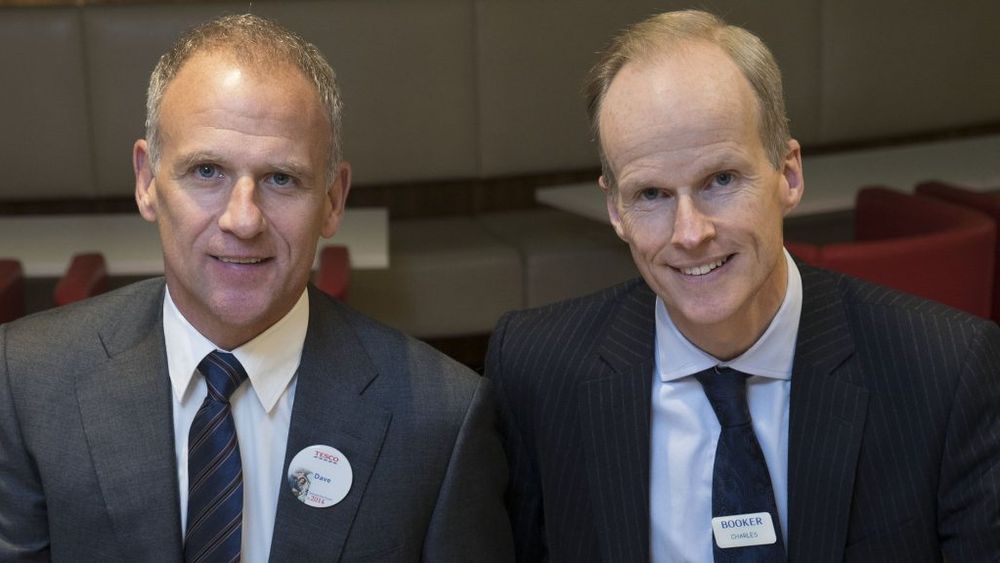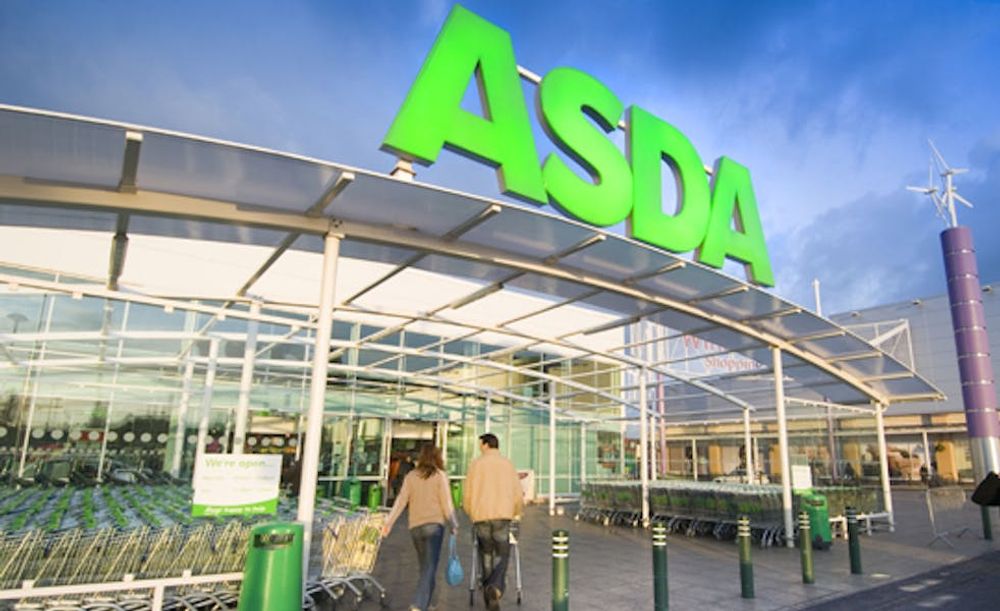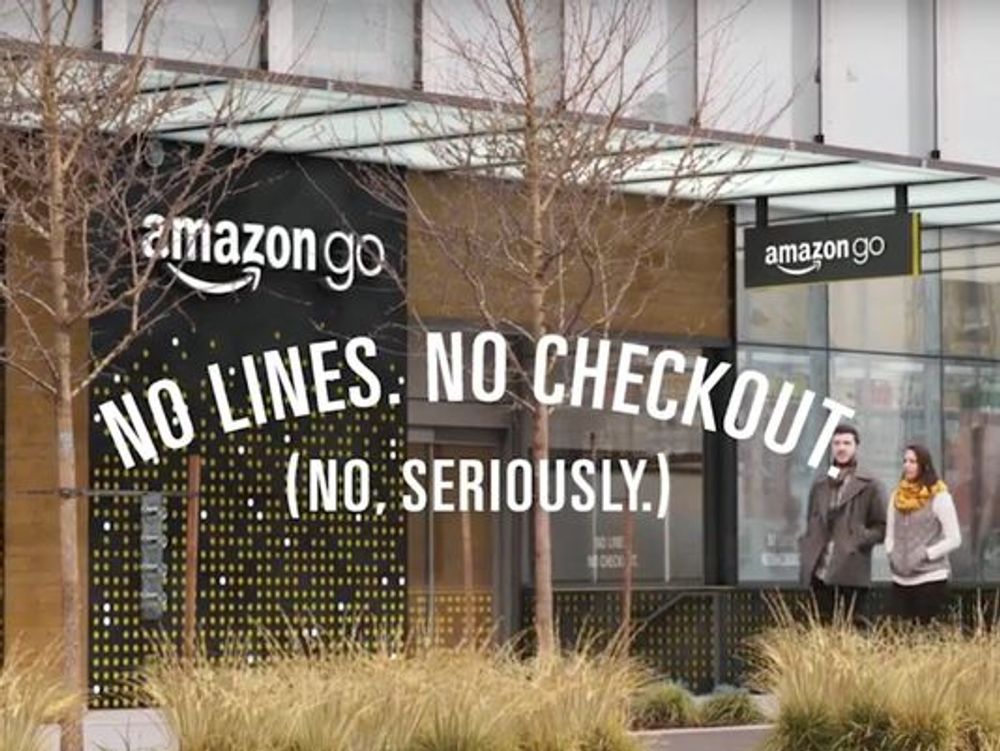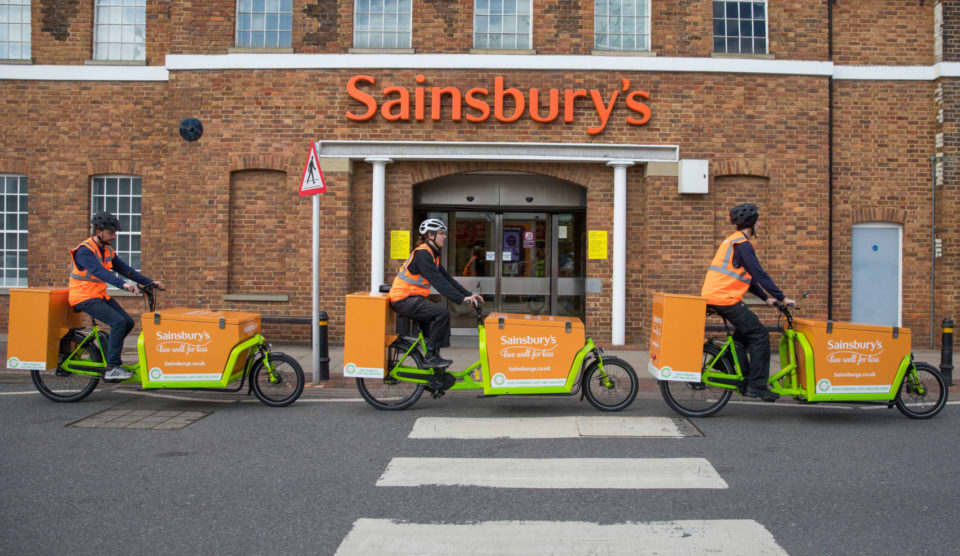Sainsbury’s audacious move to try and acquire Asda makes a lot of sense for the two retailers involved, but what will it mean for their suppliers and the rest of the industry caught up in the swill?
Well it’s finally happened. After years of speculation and analyst predictions that the UK grocery market was unsustainable in its current form, with rival chains rutting up against each other like stags on a Highland moor, the big deal has come.
You only need to look at today’s biggest rise ever in Sainsbury’s share price, by an initial 20%, to see how the financial markets have responded to Sainsbury’s proposed £13 billion takeover of Asda. A deal, if approved by the competition authorities, would immediately catapult the new combined business above Tesco to be the UK’s biggest supermarket giant with sales of £51bn a year and around 31% market share, compared to Tesco’s 25%. Even that statement on its own is enough to raise the blood pressure of any seasoned retail campaigner.
Tesco being knocked off its perch as the UK’s number one retailer only tells part of the story of what this new Sainsbury’s/Asda retail giant could mean not just for the grocery retail sector but the knock-on impact it would have right across all channels of retailing.
(Here’s how Sainsbury’s is looking to sell its own story with this video)
Significantly one of the charts Sainsbury’s released this morning to explain the thinking about its move shows how it sees the retail world, where the challenges are and what this deal potentially does to help it tackle them.
For as well as its obvious competition from the other major grocers and hard discounters, Aldi and Lidl, it also noticeably includes subscription recipe and meal services like, Hello Fresh, and online restaurants and food delivery apps such as Just Eat and Uber Eats.
That’s the retail and restaurant world that is taking increased market share away from the major multiples at arguably the most difficult trading period they have had to face in our generation.
It had to be now
A toxic cocktail of increased costs, higher rents, staff wage rises, have come just as there has been a squeeze on consumer confidence and spending.

Market conditions that have essentially made this deal a necessity for both sides. Particularly when you consider Sainsbury’s also announced today a 19% fall in its annual profit for the 52 weeks to March 10 to £409m and Asda’s own operating profits for 2017 had tanked by 15% to £720m.
It’s why some analysts are seeing it as more of a “defensive merger” that will help both parties halt long term decline in profits.
It’s essential for Sainsbury’s if it is to find a way to drive down its debt and stop the destruction of its operating margins that have seen it work of a base of 2.24% for 2017/2018, compared to 2.42% in 2016/2017, and well down on the 3.65% it was achieving in 2013/2014. But all still light years away from the 5% to 6% operating margins that major grocers looked to make in their hey day.
It’s also a deal that allows WalMart, owners of Asda, to tactically exit the UK, a country it has never been able to work, whilst keeping a large size 11 foot in what it calls the new Sainsbury’s Asda “combined” business. A company that Wal-Mart will still have a 42% share in, including two seats on the board, the ability to influence strategy, introduce new technology and systems when required, without the daily pressure of having a declining supermarket chain on its books.
The Tesco Booker factor

Tesco’s deal to buy Booker is being seen as the catalyst for this Sainsbury’s and Asda deal Picture by Stephen Lock / i-Images
The biggest catalyst for this deal, though, lies in what Tesco has achieved by what increasingly looks like a genius move to combine its retail mite with the wholesaling power of Booker Cash and Carry. This was a deal that did not make Tesco necessarily any bigger as a grocery player, but opened its business up to the thousands of restaurants, pubs, bars and hotels that Booker supply through its wholesale and cash and carry business.
Could Sainsbury’s and Asda be looking to pull off something similar but from a retail agenda? Asda already operates its own highly successful wholesaling arm, IPL, which sources produce and goods from all over the world to then wholesale back into the Asda business.
There is already analyst speculation that this could now be expanded and combined with further wholesale investments to create a separate business capable of acting as wholesaling division for the new Sainsbury’s and Asda business. It’s clearly very early days but with a commitment to drive an expected £500m cost savings a year through the new business this would allow it to control a large part of its own supply chain.
Which, in turn, would be worrying news for existing Sainsbury’s and Asda suppliers, but could also have a knock-on effect on the wider wholesaling industry.
Cost savings

Sainsbury’s has also announced this morning that this new deal will result in lower prices – up to 10% on the most popular lines. To achieve those kind of savings it will need to be consolidating not only its supplier base, but how it goes about directly sourcing the products it needs.
Whilst it’s said the two chains will continue to operate separately as two fascias, it’s clear the deal opens up huge opportunities for central buying, and synergies and cost savings to be had for creating private label and exclusive lines that can work, under different labels, across the two chains.
It also potentially gives Sainsbury’s a road map out of the retail no-man’s land of the middle ground, losing market share to the discounters below it and the premium players, Waitrose and Marks & Spencer above it.
Asda now has the fire power and the backing to turn its attention to fully address the rise of the hard discounters, particularly in the whilst Sainsbury’s can get back to trying to be the premium supermarket chain, predominantly in the south of the country, that it first set out to be. Which could be bad news for the likes of Waitrose, but good news for drinks suppliers looking for a new premium focused partner to work with. It is also likely to be able to increase its footfall and presence in the local convenience market as a result of this proposed deal.
The powers that be
The more you look at this deal, the more it makes sense. There has long been an exchange of brain power between the two groups and no doubt crucially the two chief executives in the deal have both worked at each others supermarkets. Mike Coupe, Sainsbury’s chief executive is a former Asda and Roger Burnley, Asda’s ceo, is a former trading director at Sainsbury’. Coupe’s predecessor, Justin King, was also once a respected leading figure of Asda’s beers, wines and spirits department.
These things matter, for ultimately retail is a people business and whilst it is one thing selling the vision for the new business to investors and the City, news of the deal will have made a lot of people in Sainsbury’s and Asda anxious about their futures. Coupe may have stressed this morning that the deal will involve no store closures, but that won’t be a decision he can make if the competition authorities rule stores need to be lost to make the deal work.
Changing fascias
The door is also very much open for Asda stores to become Sainsbury’s and vice versa. Which is one of the big plus points of the deal as it now means the combined group can ensure it has the right fascia for the right mix of local shoppers across what would potentially be a 2,800 store estate including the Argos business.

Research by GlobalData shows how complementary the Asda and Sainsbury’s estates are and how the two chains really are attracting and working for different types of customer. Which will be a major concern for Tesco and Morrisons as potentially Sainsbury’s and Asda now have the ability to cherry pick the right format based on local shopping behaviour and the retail competition in that area.
Initial research by Global Data has found that “while almost half Asda stores had a Sainsbury’s in the same postal district (the first half of the postcode, known as the ‘outcode’), many of these were Sainsbury’s Local stores, which arguably could be excluded as they serve a different shopper mission”. But then it has also identified 75 Asda stores that have a Sainsbury’s (excluding Locals) in the same postcode area that it would expect the competitions authority to want to see disposed of – at least.
Its research also shows how different Asda and Sainsbury’s shoppers are with 66% of Asda shoppers also shopping at Tesco versus 53% who shop at Sainsbury’s. Whereas 50% of Sainsbury’s shoppers also shop at Asda versus 72% who shop at Tesco.
The Amazon and Argos factor
The proposed Sainsbury’s and Asda deal would, for once, have raised more than an eyebrow at Amazon’s HQ. It certainly takes a couple of major pieces of its potential acquisitions board. Again retail analysts have been speculating for some time about how soon it would be before Amazon made a move for one of the UK’s biggest grocers. Particularly as it is looks to introduce more bricks and mortar into its overall offer and build up its own grocery offer.

If so it only really leaves Morrisons to play for as well as giving it the momentum to really put the foot down on what its intentions are to drive up its own UK grocery offer.
Then there is the Argos factor and what seemed a strange bedfellow for Sainsbury’s when it took on the ailing chain in 2016 could not be seen as a real masterstroke. It has not only widened the product offer into home and electrical goods, but it has given Sainsbury’s front line access to the technology that enables it to offer one hour, same day delivery times.
If the deal is agreed we can then see Argos stores appearing within Asda, which looks like a better fit in any case, and bringing its speedy, delivery technology with it.
What next for suppliers?
Drinks suppliers and producers will no doubt be scratching their collective heads today trying to fathom whether this could be good or bad news for their business. The answer to that probably lies in the size of your business and who you want to sell your wine, beers and spirits too.
The bigger operators, brand owners, shippers and bottlers already doing strong business with Sainsbury’s and Asda must on the one hand be licking their lips at the thought of a bigger fish to work, but also fearful of the kinds of terms that could be coming their way from the increased buying power.
Perhaps the most revealing figure to come out this morning was Mike Coupe stating 85% of Sainsbury’s products come from only 100 suppliers.
Suppliers looking to digest that figure might also want to look closely at how the new combined businesses chooses to source products and how much of it will now go down the private, direct source route, building on Asda’s IPL model.
There could be more premium opportunities if Sainsbury’s looks to move position upwards, or use certain stores and sites to build a more premium offer.
If the deal does go ahead – and that’s a big if – then what it does do is create a multiple retail environment where 60% of the power is in the hands of two players and three retail fascias: Tesco, Sainsbury’s and Asda. The impact of that is what the competition authorities will have to look at.
However it all shakes out that alone will have ramifications for the entire retail landscape, both in the on-trade and off-trade. That collective 60% power base will increasingly influence how the rest of the trade operates with what looks like being an increasingly smaller supplier base.


































